Modeling Microbial Responses in Food
EXPERIMENTAL DESIGN AND DATA COLLECTION, M. Rasch Experimental Design Data Collection Conclusion References PRIMARY MODELS, R.C. McKellar and X. Lu Growth Models Survival Models References SECONDARY MODELS, T. Ross and P. Dalgaard Introduction Secondary Models for Growth Rate and Lag Time Secondary Models for Inactivation Probability Models Characterization of Environmental Parameters Affecting Microbial Kinetics in Food References MODEL FITTING AND UNCERTAINTY, D.A. Ratkowsky Overview Model Fitting Uncertainty in Lag Times, Generation Times, and Its Consequences Epilogue Appendix References CHALLENGE OF FOOD AND THE ENVIRONMENT, T. Brocklehurst Role of Food Heterogeneity Modeling the Food Environment Hurdle Concept Competition with Other Microorganisms Adaptation and Injury Validation in Foods References SOFTWARE PROGRAMS TO INCREASE THE UTILITY OF PREDICTIVE MICROBIOLOGY INFORMATION, M. Tamplin, J. Baranyi, and G. Paoli Introduction Model Interfaces Databases Expert Systems Conclusions References MODELING MICROBIAL DYNAMICS UNDER TIME-VARYING CONDITIONS, K. Bernaerts, E. Dens, K. Vereecken, A. Geeraerd, F. Devlieghere, J. Debevere, and J.F. Van Impe Introduction General Dynamic Modeling Methodology Example I: Individual-Based Modeling of Microbial Lag Example II. Modeling Microbial Interaction with Product Inhibition Conclusions Acknowledgments References PREDICTIVE MICROBIOLOGY IN QUANTITATIVE RISK ASSESSMENT, A.M. Lammerding and R.C. McKellar Introduction Assessing Microbial Risks Role of Predictive Microbiology in QRA Scope of Risk Assessments Process Risk Modeling Examples of Risk Modeling Modifying Risk: Concentration vs. Prevalence What is the Right Model to Use? Future Directions Conclusions References MODELING THE HISTORY EFFECT ON MICROBIAL GROWTH AND SURVIVAL: DETERMINISTIC AND STOCHASTIC APPROACHES, J. Baranyi and C. Pin Introduction Modeling the History Effect at Population Level (Deterministic Modeling) Modeling the History Effect at Single-Cell Level (Stochastic Modeling) Concluding Remarks Acknowledgment References MODELS - WHAT COMES AFTER THE NEXT GENERATION? D.W. Schaffner Introduction Cross-Contamination Inoculum Size Modeling Cross-Contamination and Inoculum Size Summary References PREDICTIVE MYCOLOGY, P. Dantigny Introduction Concerns Mold Specificities Models Perspectives References AN ESSAY ON THE UNREALIZED POTENTIAL OF PREDICTIVE MICROBIOLOGY, T. McMeekin Introduction A Short History and the Philosophy of Predictive Microbiology The Basics of Predictive Modeling Addressing Concerns in Predictive Modeling Modeling Fungal Growth Application of Predictive Microbiology Concluding Remarks Acknowledgments References Index
{{comment.content}}
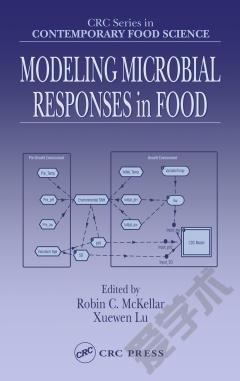
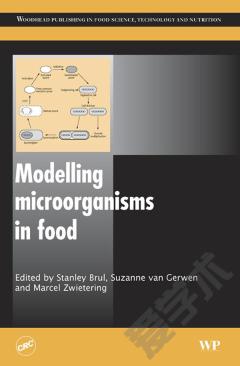
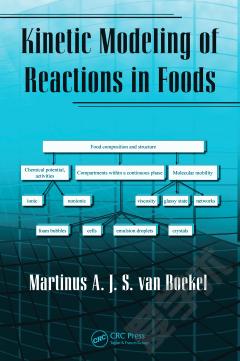
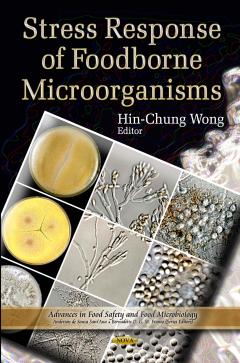
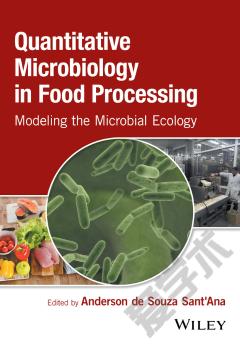
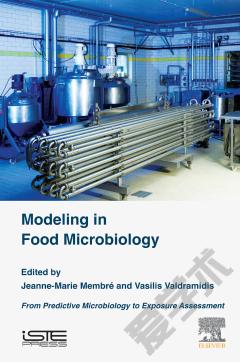


 京公网安备 11010802027623号
京公网安备 11010802027623号